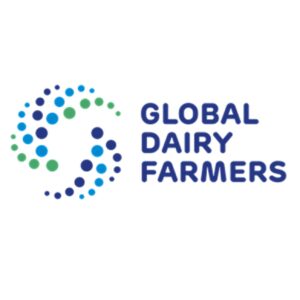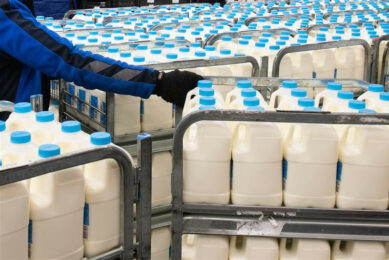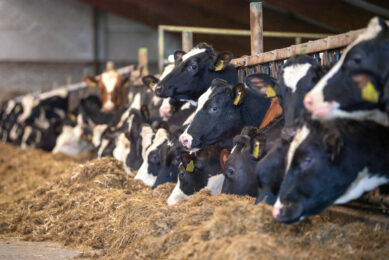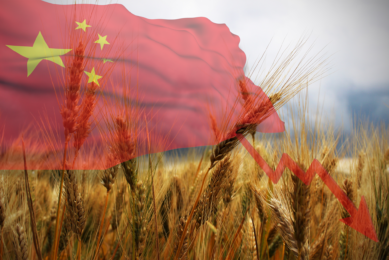Can we expect a European milk boost?

After 3 months of the quota abolishment in the EU, I do have my thoughts about the current situation.
The majority of Dutch farmers have been very enthusiastic and have already invested in new buildings in 2014. These farmers were able to start immediately with increasing their milk production after the milk quota system ended in the EU. This resulted in a milk production spike of nearly 10% in the Netherlands.
Milk quota end did not mean higher production for all
But this trend of milk production increases was not observed in the entire EU. A rise was ‘only’ seen in Ireland, the Netherlands and maybe Denmark. Altogether, the EU milk production is even lower in April 2015 compared to the previous months. This will not change soon as farmers have to deal with other factors, such as uncertainty about other set restrictions for producing milk.
In the Netherlands, it looks like we are creating an unacceptable high amount of phosphate, and the Dutch farmers have to deal with the so-called phosphate level.
China’s influence on dairy market
Furthermore, the critical cost prices are still higher than milk prices in most countries. The margins are negative, hence resulting in less investments. Also, the results of the New Zealand Global Dairy Trade has a high impact on the worldwide milk prices. The (restricted) imports of China is one of the key factors in this as well. In my opinion New Zealand has been too dependent on this volatile market. But on the other hand, I don’t foresee a strong increase of quality milk production in China. Chinese consumers prefer products from outside the country. There are so many other consumer products available produced especially in the EU and until 2005 milk powder (drying milk) was mostly a rest product. But after the Chinese milk boost many dairy producers installed new dryers. Regarding prices: in the EU, we have the EDF milk price comparison. This is accepted now as a leading reference for milk prices at farm gate level.
Creating a global milk price
I believe that it would be a challenge to develop a global mixed milk price combining developments in consumer products, cheese and milk powder. At the same time, farmers should make their own decisions. I have learned many lessons from my Global Dairy Farmers colleagues in the US and Australia. They have an anti-cyclic reaction to circumstances, taking the margins per kg of milk, milk price and feed prices, the amount of available cows and the USDA and Dairy Australia policy into consideration. Having chats with them makes it easier for me to make up my own mind and decide if we want to invest in more milk production, yes or no.
By Bram Prins
Join 13,000+ subscribers
Subscribe to our newsletter to stay updated about all the need-to-know content in the dairy sector, two times a week.










